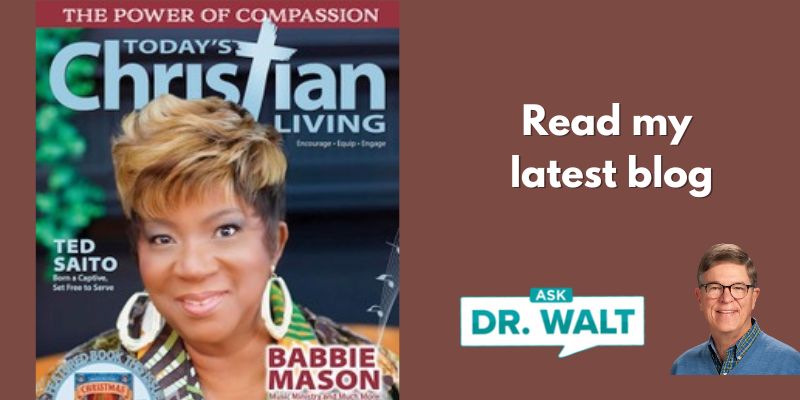The Lincolnian View of Abortion – Part 2
August 4, 2009Study suggests 70 percent of children, young adults do not get enough vitamin D
August 5, 2009Americans spend about $34 billion annually on alternative medicine. How can you make wise decisions in this area?
USA Today reports that, according to a study conducted by researchers at the Centers for Disease Control and Prevention and the National Institutes of Health, “while Americans may complain about the high cost of healthcare, they’re still willing to shell out roughly $34 billion a year out-of-pocket on alternative therapies that aren’t covered by insurance.”
More Information:
This is, as they say where I grew up, “one ton of money!” Unfortunately, much of it will be wasted on natural medications (herbs, vitamins, and supplements) and alternative therapies that are neither safe nor effective.
Josephine Briggs, of the NIH, said that “the results … show why it’s important for researchers to conduct rigorous scientific studies of alternative therapies.”
This is exactly what led me to serve as the co-author for the best selling book, Alternative Medicine: The Christian Handbook. It’s written to help you find the safest and most effective alternative therapies, how to be aware of the many spiritual landmines in some therapies, and how to be a good steward of your healthcare spending in this arena.
You can read the first chapter of the book, learn more about it, and purchase autographed copies here.
Now, back to this new study.
The AP reports, “The data, gathered in 2007 mostly before the recession was evident, don’t clearly reflect whether the economy played a role in spending on these therapies.”
But, Briggs, of the NIH, pointed out that “there has been ‘speculation that as the number of uninsured grows, there may be increased utilization of some of these approaches, which tend to be relatively inexpensive.'”
The findings, she says, are “based on a … survey by the [CDC] of more than 23,000 adults nationwide.”
While the current report does not cover “vitamins and minerals,” they “will be addressed in a future one.”
Complimentary and alternative medicine, otherwise known as CAM, “includes medical practices and products … which are not part of conventional medicine,” HealthDay reported.
These therapies are sought by Americans mainly “for pain relief and to contribute to their health and well-being,” noted Briggs.
She added that researchers aimed to “find out which areas of CAM warrant research by the [NIH],” and that Americans were surveyed “without regard as to whether any of these alternative or complementary approaches actually work.”
In the Los Angeles Times Booster Shots blog, Shari Roan noted that “about 38 percent of the adults surveyed said they had used some form of CAM for preventative health purposes or to treat a disease or condition.”
These therapies comprise “just 1.5 percent of US healthcare expenditures,” researchers found, but they account “for 11.2 percent of total out-of-pocket expenditures.”
Of total expenditures, “about $22 billion of that was for products, including classes, materials and non-vitamin, non-mineral natural products such as fish oil, glucosamine and Echinacea,” Rob Stein wrote in the Washington Post Checkup blog.
Of that amount “$14.8 billion … was for the supplements,” while “$11.9 billion was for an estimated 354.2 million visits to acupuncturists, chiropractors, massage therapists and other CAM practitioners.”
WebMD reported, however, that “newly published survey was so different from” data published in 1997 “that researchers were hesitant to compare them.”
Still, “the data suggest that adults in the US made half as many visits to CAM practitioners in 2007 as they did in 1997, a decline from roughly three visits for every 1,000 adults to 1.5 visits.”
But, “visits to acupuncturists increased from 27 visits per 1,000 adults in 1997 to 79 visits per 1,000 adults in 2007.”
The report stated that this increase “may be in part due to the greater number of states that license this practice and a corresponding increase in the number of licensed practitioners in 2007… as well as increased coverage for these therapies.”
The Wall Street Journal Health Blog covered the study and Reuters also did a story on the study.
To protect and inform yourself with trustworthy, evidence-based advise on alternative medicine – advice that the Christian Medical Association calls “medically reliable and biblically sound” – check out Alternative Medicine: The Christian Handbook. You can find it here.


